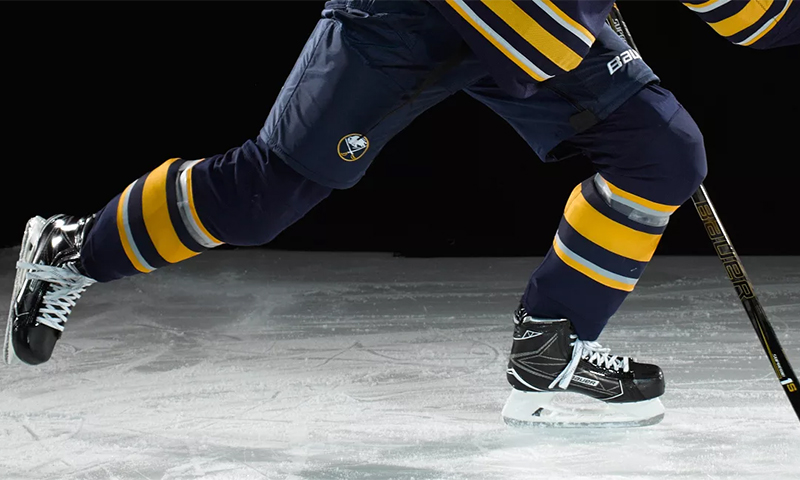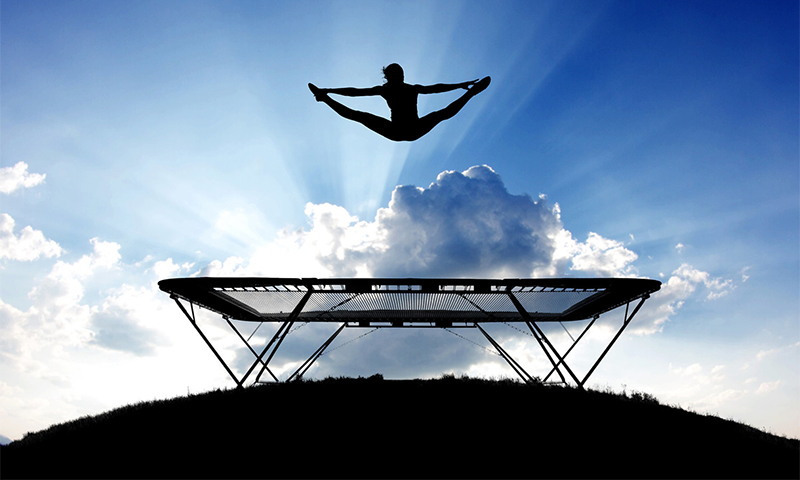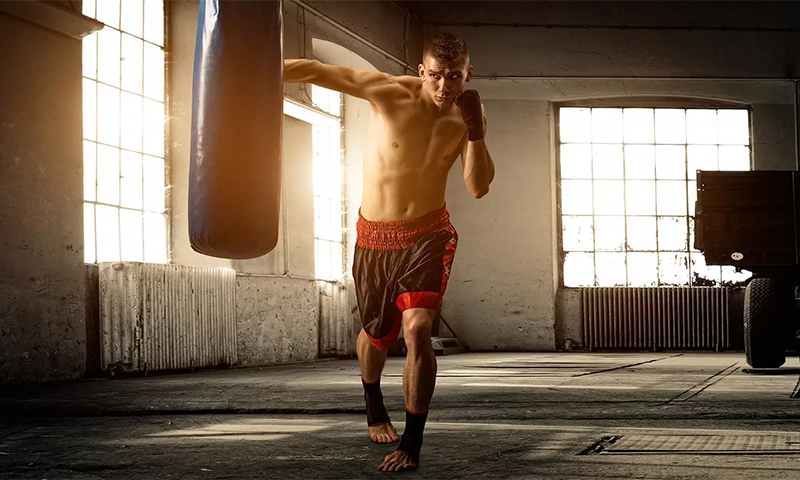Even professionals sometimes find it difficult to find a good club for themselves. Apparently, therefore, equipment for them is often made to order. Simple lovers can not afford such a luxury - they have to be content with what is on the shelves of sports shops. And although the range in them pleases with a variety, there are also a lot of selection criteria. Let's figure out which of them really need to pay attention to find your perfect stick.
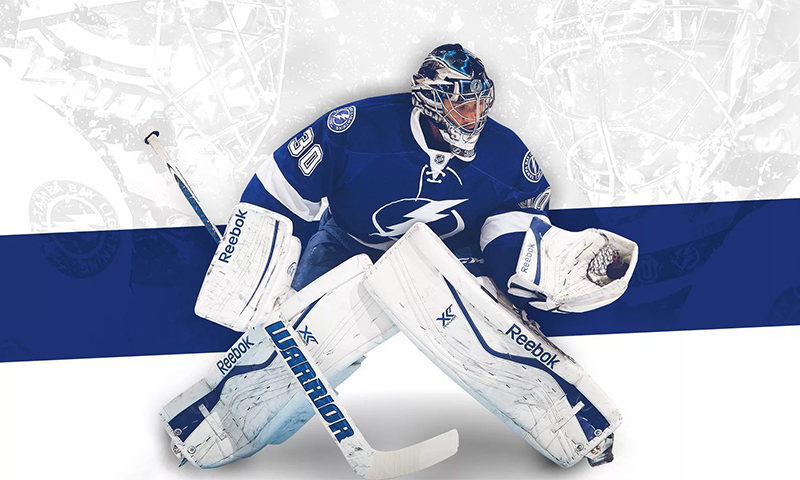
Content:
The best manufacturers of hockey sticks
When buying any sports equipment in the first place guided by the name of the manufacturer. No wonder that famous athletes choose only brand sticks.
The point is not even paid advertising - just the goods of famous companies a priori have high quality workmanship, an adequate margin of safety and serve more than one season. And with an average cost of even amateur clubs at 10-15 thousand rubles, this is very important.
Hockey equipment of excellent quality produced by the company:
- Bauer;
- CCM;
- Easton;
- Fischer;
- Warrior;
- Larsen.
You can evaluate all the advantages of their best models in our rating. But even by narrowing the search to several manufacturers, you will not make it easier for you to choose. Here you need to pay attention also to the peculiarities of the club itself.
Types of hockey sticks
Solid

The most popular models among professional hockey players. They are perfectly balanced, although they are often heavier than amateur ones.
Solid sticks allow you to better control the puck and give it greater acceleration on impact. Such equipment can be made of wood, aluminum alloy, carbon and other composite materials.
Pros:
- Large assortment and wide range of prices;
- More precisely control the movement of the puck;
- Provide powerful and accurate shots;
- As a rule, it is more durable than assembled clubs;
- Suitable for hockey players of any age and weight categories.
Minuses:
- In the event of a breakdown, the club will have to be changed completely;
- They require a serious approach to the choice - an unsuccessful model can not be altered by itself.
Prefabricated
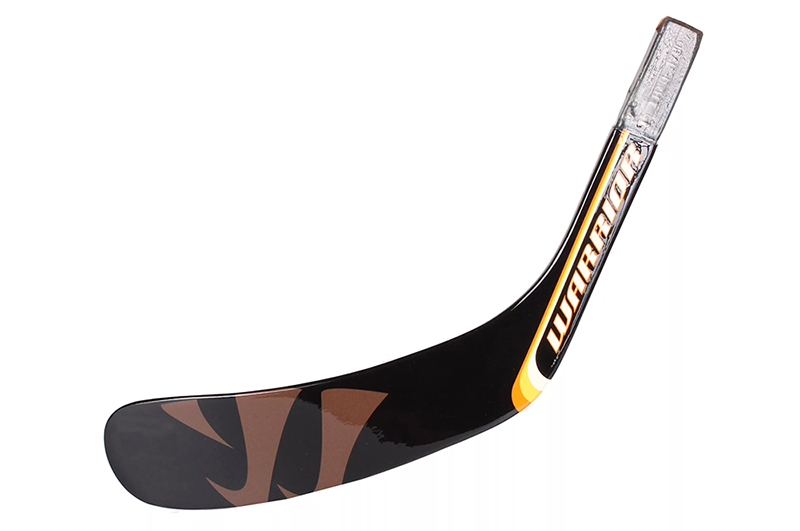
Such clubs are more suitable for beginners and amateurs. They consist of two main parts - a handle and a hook, held together with special glue. This is a huge field for experiments with components from different materials. So all those who are undecided will be able to select a suitable variant by sampling.
Pros:
- The ability to assemble a stick "by yourself", if there is no necessary integral model on sale;
- You can use different materials hook and handle;
- Maintainability - it is enough to replace only the broken part of the equipment, which will be cheaper than buying a new club.
Minuses:
- Not designed for tough play and hard shots;
- Adhesive bonding makes the stick harder, which makes it difficult to control the puck.
Hockey stick selection options

Manufacturing material
Cost, durability and almost all the playing characteristics of the club determine the materials from which it is made.
1. Tree
Not the most durable, very heavy, but very affordable option. It is these clubs that allow you to clearly control the puck, which is important when working out techniques in training. In the budget and children's models, you can often find only a wooden handle - solid shells are not so popular because of their large weight, but they are much safer.
2. Aluminum
Almost outdated material for the manufacture of clubs today is used only on the cuttings of composite models. It is light and strong enough, but does not have the necessary elasticity, which complicates control over the puck.In addition, aluminum alloy increases the cost of the projectile, and it is not able to provide a reliable connection with the pen.
3. Carbon fiber
Combines the elasticity of wood and the lightness of aluminum. Excellent for both the manufacture of individual parts of the club, and the casting of solid composite models. Carbon shells with equal success are used by novices and pros, since they are highly accurate. The disadvantages include their low reliability, coupled with a rather big cost.
4. Kevlar
Durable and flexible material that can prolong the life of any stick and at the same time reduce its weight. Like carbon fiber, it is used as an additive to the composite, only it is not so fragile. Kevlar works well on the hook, but it shows itself better in solid shells.
5. Titanium
Expensive pleasure, which is more suitable for professionals. This metal is more often used as a composite additive that allows you to make the club stronger and lighter at the same time, although there are also models with a fully titanium pen.
6. ABS plastic
A common option for the manufacture of low-cost hybrid clubs. It has sufficient strength, wear resistance and good elastic characteristics. If you do not have enough money to buy a model of composite, you can look at the plastic. The main thing is not to forget that it becomes brittle in the cold.
Despite the relatively high cost of composite hockey sticks, for serious and frequent games it is better to use them. Such shells at the same time have strength, minimum weight and high accuracy. But for training and muscle development, good old wooden clubs are more suitable.
Length
It is selected according to the growth of the player, and the convenience of the hockey player depends on the length of the stick. In the upright position, the stalk should reach the tip of the owner's nose (and if it is skating, it should be at the level of the neck - from the clavicle to the chin).
To simplify the selection, manufacturers offer conditional separation of clubs of different lengths by age categories of players:
1. Youth (or yth) 106-114 cm - designed for children from 4 to 7 years old not older than 122 cm in height.
2. Junior (jr) 119-132 cm - clubs for children aged 7-14 years with an increase of 114-145 cm.
3. Intermediate (int) 137-145 cm - youthful models for adolescents 14-17 years old in height from 137 to 165 cm.
4. Senior (sr) 142-165 cm - "adult" clubs for players above 165 cm.
There is also a division of shells for playing in different positions on the field.
1. The shortest (71 cm with a large hook of about 39 cm) are intended for goalkeepers.
2. In defense they play with clubs 160-163 cm long and with a 32-centimeter wedge - here the end of the cutting in an upright position should be at the level of the mouth.
3. Forwards and side players choose clubs no longer than 1.5 m - for better control, pucks that end up somewhere at the chest or collarbone make washers on them.
Stiffness (aka flexibility)
This parameter is tied to the weight of the player. The harder it is, the more force a blow can put in, which means that the club must be strong enough to withstand such a load.
The rigidity of the projectile is often labeled in accordance with the scale of the Easton brand, since it is simpler and indicates the specific weight category of the hockey player. However, it may be recorded differently from other manufacturers.
Consider all the marking options:
1. Flex - children's and junior clubs, calculated on the weight of players up to 40-50 kg. Jr 20 and Yth 15 may also be marked.
2. Int Flex - models for teenagers weighing 55-65 kg. Some firms may sign their Light 30.
3. Whip or Mid - designations for "soft" clubs, addressed to players weighing 65-75 kg.
4. Reg (they are Regular) - the most common amateur projectiles for hockey players from 75 to 85 kg.
5. Stiff, Pro or Pro Mid - this is how hard clubs are marked, calculated on a player weight of 95-100 kg.
6. The X-Stiff (second name is Pro Stiff) is a particularly tough model for 110-pound athletes.
7. Hockey players weighing 115-120 kg are addressed to Stiff-sticks with two or three X in the label.
Hook shape
These are subtleties that should be explored by more or less experienced players with their own equipment.But they also need to know, so as not to miss the choice.
First of all, they determine the direction to which the wedge should be bent. If you are a hockey right-handed, that is, hold the handle with your right hand from the bottom - you need to hook "looked" to the left. For left-handers, the opposite is true. Children and beginners better to take universal straight clubs.
The bends themselves also differ markedly, both in the area of their location and in the degree of curvature. Each manufacturer will have a couple of dozens of different numbered and nominal bends of the pen, but at first amateur needs only to know how this or that wedge will behave in the game:
1. With toe-bend (toe) - perfectly copes with keeping the puck on the ice, but it can lose it during transfer or bypass.
2. Heel bend - good for high throws, working with the back of the hook, as well as for receiving pucks and clicks.
3. Middle (mid) - is a compromise of control and accuracy.
In compound sticks, the wedge can be standard or tapered, respectively, it is necessary to choose the right width of the handle. In the game, the difference lies in the fact that with a simple hook it is easier to control the puck, but the throw is stronger with a narrow pen.
The shape of the wedge is selected depending on the position of the player on the field. Square take defenders fighting at the sides of the rink. In all other cases, preference should be given to the round hook, because it works better on the contours and allows you not to lose the puck.
However, there is also an averaged variant, where at the square wedge with a flat end face are beveled corners.
What hockey stick to choose
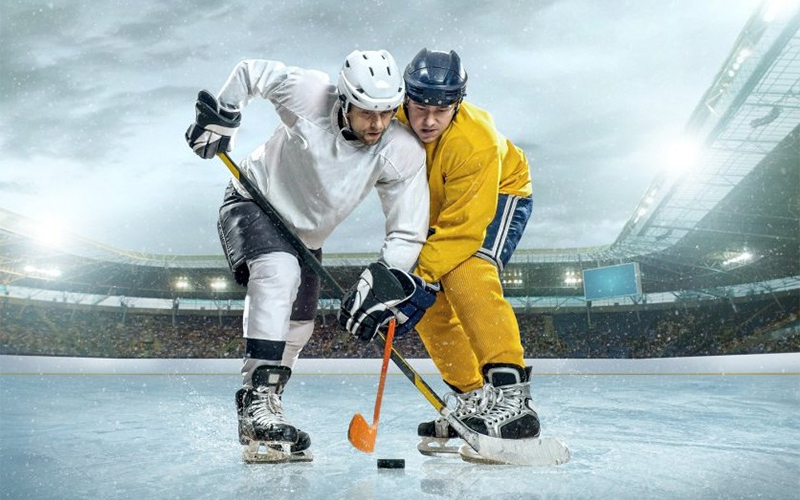
1. A composite stick with a yth marking made of composite material is suitable for a child. A physically developed teenager can take a wooden model from the jr series. In both cases, these should be fairly “soft” shells, corresponding to the weight of young players. It is advisable to choose a hook that is rounded without bends on the left or right side - so the child can decide for himself which hand he will lead.
2. For lovers with little experience of the game, also fit wooden or composite clubs, selected in accordance with their height and weight. It is worth starting with models for attackers - with a short handle not higher than the clavicle and a rounded pen to learn how to control the puck near you. A small toe or middle bend is allowed.
3. Those who play in defense will need a long enough stick that extends upright to the chin. It should have a large, wide hook of a square (or close to it) shape. It is also important to choose a projectile with good rigidity - you can even take the model a class higher if the player is physically developed and makes powerful hits. The service life of such a stick will depend on the material of manufacture - ideally it should be a composite with the addition of Kevlar or titanium.
Hockey sticks cost

1. Children's stick with a wooden handle can be purchased at prices ranging from 100 to 1600 rubles. Composite is more expensive - from 500 to 11 thousand.
2. Junior and teenage models of wood are priced at 400-3800 rubles, clubs from composite reach 12 thousand rubles.
3. Equipment for adults has the largest price run. So, wooden sticks can cost from 400 to 2,200 rubles, and composite and aluminum easily reach 14-16 thousand.
It will be interesting to friends too





